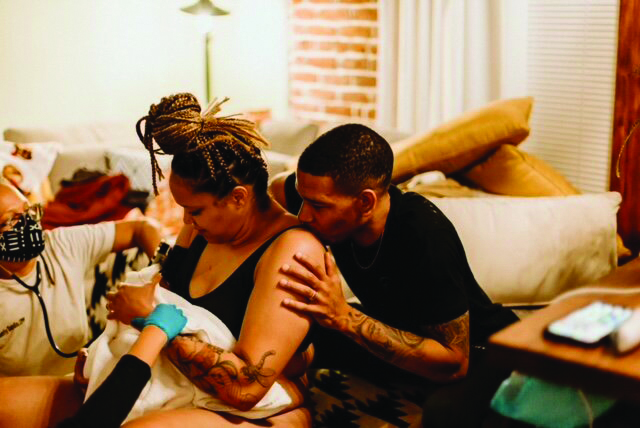Reported by Suzanne Potter
As Women’s Health Month concludes, experts are raising concerns over a significant increase in binge drinking among women. A recent Journal of the American Medical Association study reveals that, for the first time in history, women are binge drinking more than men. Joanne Hawes, clinical operations director at the Betty Ford Center in Rancho Mirage, California, noted that alcohol affects women differently, leading to quicker health complications.
“Alcohol impacts women more rapidly, leading to issues like liver damage, brain atrophy, and heart disease earlier than in men,” Hawes explained. Alcoholics Anonymous reports that 38% of its clients are now women, a proportion that has been steadily increasing.
National Institutes of Health data indicates that nearly one in three women aged 18 to 25 binge drinks regularly. Hawes linked the rise in alcohol use to stress from balancing work and childcare during the COVID lockdowns.
Dr. Lisa Saul, chief medical officer for women’s health at UnitedHealthcare, said heavy drinking among women has risen by 41% since the pandemic, raising cancer risks. “Alcohol is a carcinogen linked to at least six cancers, including breast and colorectal,” Saul noted.
Help is available through employee assistance programs and resources from the National Institutes of Health website, Rethinking Drinking.
In other non-related news:
New CA bill would make birth centers available to more low-income families
California lawmakers are reviewing Assembly Bill 55, which aims to expand access to birth centers by easing the licensure process—particularly for centers that accept Medi-Cal. This move comes as many maternity wards close across the state.
Sandra Poole of the Western Center on Law and Poverty said the bill removes the requirement for birth centers to be within 30 minutes of a hospital, instead mandating a transfer plan in case of emergencies. “Twelve California counties currently have no labor and delivery wards at all,” she noted.
Birth centers serve low-risk pregnancies in homelike settings. Since 2020, over 40% of the state’s birth centers have shut down, and only four of the 37 remaining are fully licensed. A study from the Western Center on Law and Poverty attributes this to overly complex licensing.
Holly Drayton, a former doula, emphasized the value of choice in birthing environments. “It allows families to labor in a space where they feel supported,” she said. Sarah Archer added that birth centers lower pre-term birth rates and offer safe, serene alternatives to hospitals.
The bill has passed the State Assembly and now awaits review by the Senate Health Committee.



